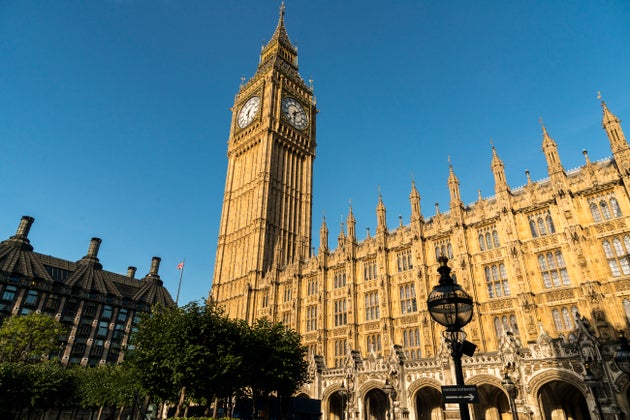
For those who agree Westminster is in need of an overhaul, the movement for political reform has just won some important new support.
A report out this week from campaigners ‘Politics For The Many’ is calling for a shift in the UK’s political set-up – away from the adversarial, centralised Westminster model, to a more inclusive and pluralistic ‘consensual model’. And key figures in the trade union movement are backing it.
What does the shift mean in practice? The group are campaigning for over-due changes including an elected House of Lords, a fair voting system where seats match votes, and a ‘constitutional convention’ for a new democratic settlement.
The campaigners have some high-profile backing, with supporters including Jeremy Corbyn’s former trade union adviser Nancy Platts; STUC Vice President Lynn Henderson, PCS General Secretary Mark Serwotka, and Unite Assistant General Secretary, Howard Beckett.
Here are four key reasons why Westminster’s voting system is irreconcilable with the principles of the trade union movement:
1. A fairer voting system is good for social outcomes
One of the major problems with First Past The Post is that, in many parts of the country, it creates a safe seat culture whereby there is little or no chance of the incumbent party being ousted.
This means that nearly all campaign efforts – and a great deal of public money – targets swing seats where the incumbent has a slim majority. In the process, millions of voters in so-called ‘safe seats’ are left to wither on the vine.
This matters for our economy too, as demonstrated by this anecdote in the New Statesman last month: “One Tory minister in a safe seat told me that when she used to ask Osborne for something [such as new investment], he would first ask her how big her majority was – and then reply, with a smile, that it was too large for her enquiry to be worth considering.”
If you are fortunate enough to live in a marginal constituency it is likely politicians will invest a significant amount of time and resources in your area – they have the clear political motivation to do so. But if you live in a ‘safe seat’, you often end up being neglected.
The Electoral Reform Society’s preferred voting system (Single Transferable Vote) resolves this by having proportionally-elected multi-member constituencies – meaning nowhere can be taken for granted.
2. The Westminster system is bad for trade unionism
The current voting system hands governments disproportionate levels of power compared to their share of their vote.
And the two-party dominance we see in the Westminster system creates a see-saw effect – where a newly elected government is able to introduce sweeping reforms which undo the work of previous regimes.
The report argues this negative dynamic is felt strongly when it comes to legislation affecting trade unions – with the list of statutory obligations on unions growing exponentially as governments have played ‘ping pong’ with union rights.
3. The Westminster system is biased
If an election was held today, and the two leading UK parties attracted the exact same number of votes, they would not secure the same number of seats in the House of Commons.
That’s because of the fact party support is not spread evenly across the UK, and because First Past The Post allows for only one ‘winner’ per constituency.
On the national level, this bias in the system can even result in ‘wrong winner’ elections as in 1951 when Labour won the most votes (48.8% vs. 48.0% for the Conservatives) but the Conservatives won a parliamentary majority.
And in the February election in 1974, there was a hung parliament in which Labour had 301 seats to 297 for the Conservatives – despite the Conservatives beating Labour in votes by 0.7%.
As we have pointed out, there is a strong chance the reverse scenario could happen again soon.
4. The Westminster system is bad for equality
Earlier this year the Electoral Reform Society published the results of its ‘seat blocking’ research which found that dozens of seats in the House of Commons are effectively ‘reserved’ by incumbent men.
Of the 212 currently-serving MPs first elected in 2005 or before, just 42 (20%) are women. In contrast, of the MPs remaining who were first elected in 2015, there is near gender parity – 45% are women.
The prevalence of ‘safe seats’ under Westminster’s voting system, means that once a seat is in an MP’s hands, it may be theirs for decades.
Systems with proportional electoral systems are generally much more representative (given the majority of union members are now women, this matters for trade unionists).
It’s fantastic to see more allies join the campaign for real democratic reform – and with good timing.
As the Scottish Trade Union Congress meets for its annual gathering, the STUC has taken the view that the burden of proof has shifted when it comes to reform: the momentum is with those who seek change, not those who support the status quo.
The calls for a new democratic settlement are growing every day. Pretty soon, Westminster will have to listen.
Read ‘Politics for the Many: The Trade Union Case for Democratic Reform’